El Duende is a mythical creature that appears in folklore across Latin America and the Philippines. The name “Duende” roughly translates to “elf” or “goblin” and is often used to describe mischievous and magical beings. According to legend, El Duende is a small humanoid creature that lives in the forest and is known for its ability to transform into red clay.
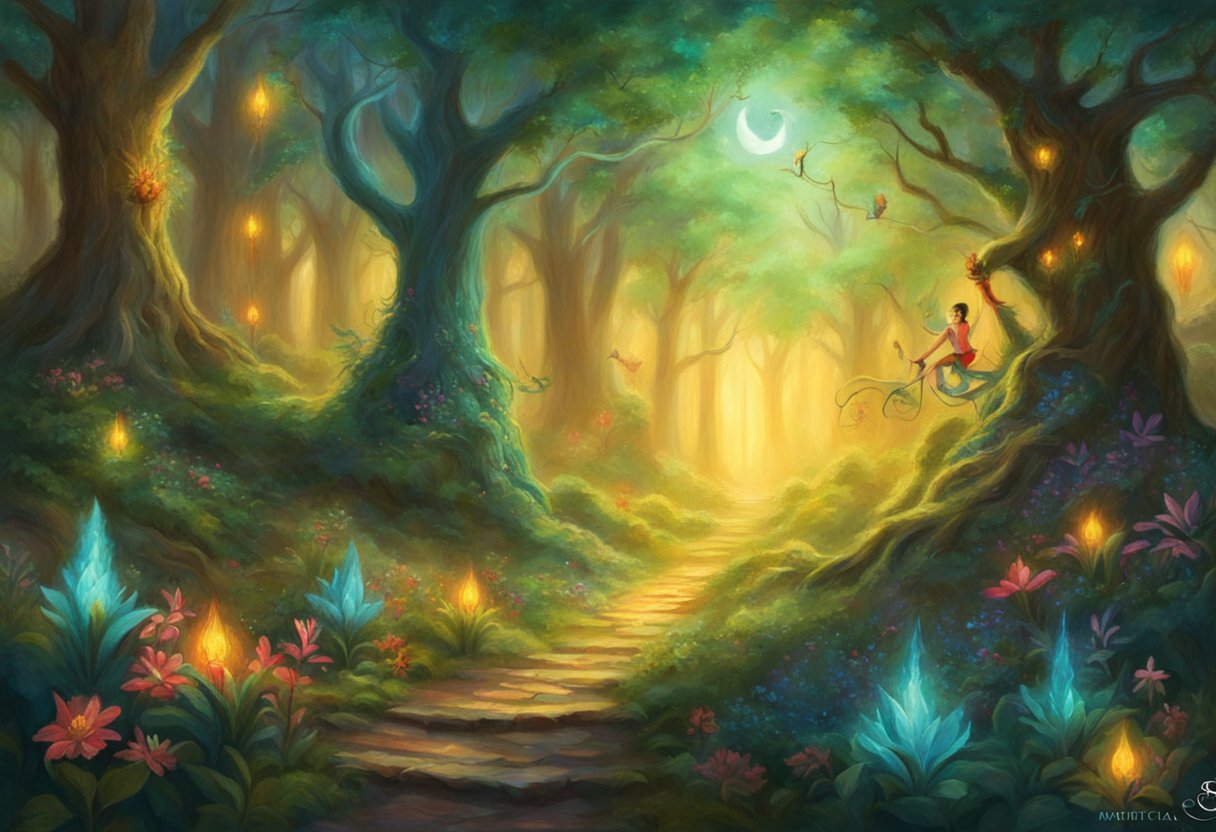
In some stories, El Duende is portrayed as a protector of the forest and its inhabitants. He punishes those who harm the animals and plants in the forest and rewards those who show respect and kindness. However, in other stories, El Duende is depicted as a malevolent creature that preys on humans, especially children, luring them away from their homes and into the forest.
Despite the variations in the legends, El Duende remains a popular and intriguing figure in Latin American and Filipino folklore. Many people continue to share stories and beliefs about this creature, adding to its enduring mystique and fascination.
Origins of El Duende

Historical Background
El Duende is a legendary creature that has been a part of Spanish and Latin American folklore for many centuries. The term “duende” comes from the Spanish word “dueño de casa” which means “owner of the house.” The creature is often depicted as a small, mischievous goblin-like being with magical powers.
According to historical accounts, the origins of El Duende can be traced back to medieval Spain, where it was believed to be a protector of the home. It was also believed that El Duende could bring good luck and fortune to those who treated it kindly. Over time, the legend of El Duende spread to other parts of the world, including Latin America.
Cultural Significance
In Latin American culture, El Duende has become a significant figure in folklore. It is believed that these creatures have the power to shape-shift and can take on various forms, including animals and plants. They are also said to have the ability to bring good luck or mischief, depending on their mood.
In some regions of Latin America, El Duende is still considered to be a protector of the home. It is believed that if you treat El Duende with respect, it will bring good luck and fortune to your household. However, if you disrespect El Duende, it may cause mischief and bring bad luck.
Overall, El Duende has remained a popular figure in Spanish and Latin American folklore. Its origins may be steeped in history, but its cultural significance continues to be felt to this day.
Characteristics of El Duende
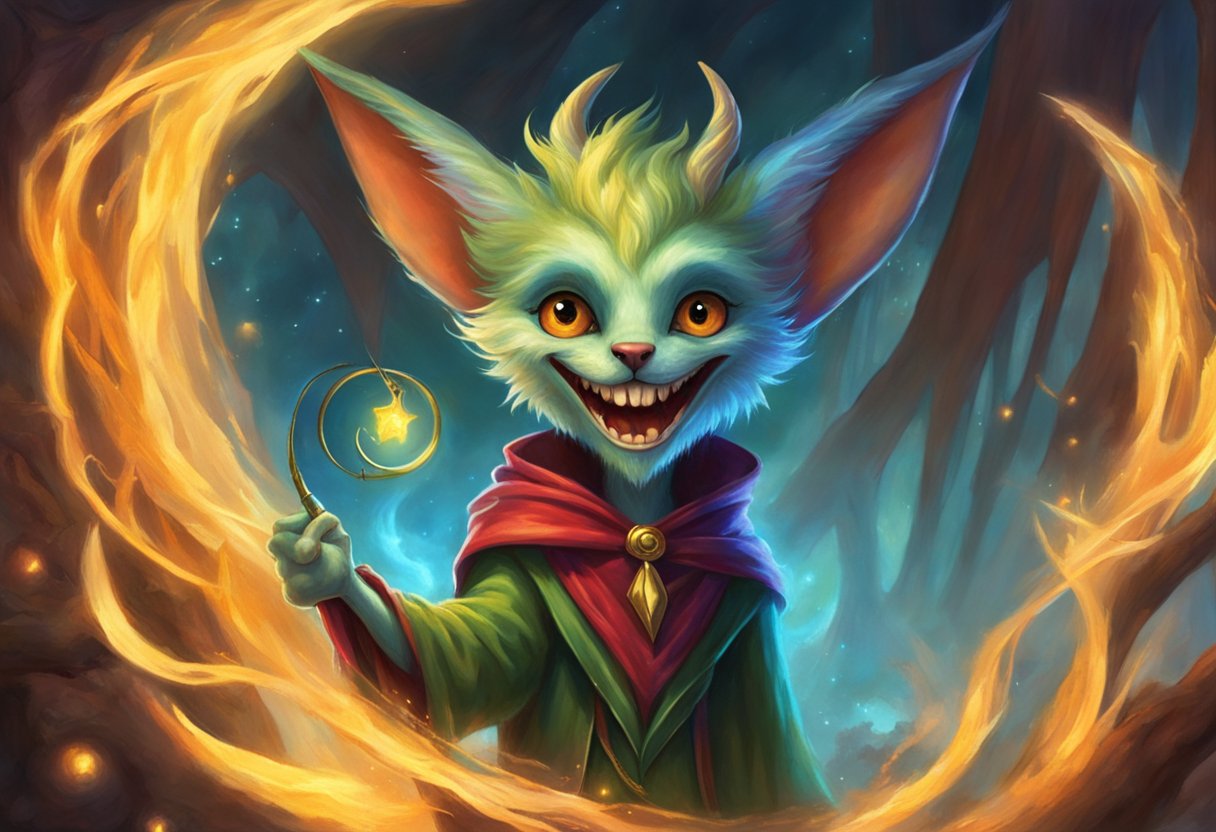
Physical Description
El Duende is a mythical creature in Latin American folklore that is typically depicted as a small, dwarf-like being. They are said to be less than two-feet tall and have a humanoid appearance, with wrinkled faces and long beards. They are often depicted wearing traditional clothing and pointed hats. Despite their small size, they are known to be incredibly strong and agile.
Behavioral Traits
El Duende is known for being mischievous and unpredictable. They are said to be tricksters who enjoy playing pranks on humans and animals alike. They are also known to be fiercely protective of their homes and families, and will not hesitate to defend themselves if they feel threatened. They are said to be particularly active at night, when they can be heard making noise and causing mischief.
Powers and Abilities
El Duende is said to possess a variety of magical powers and abilities. They are known for their ability to move objects with their minds, and can often be seen rearranging furniture or other household items. They are also said to have the ability to shape-shift, and can take on the form of animals or other creatures. Additionally, they are known to have the power of invisibility, and can disappear at will.
El Duende in Folklore
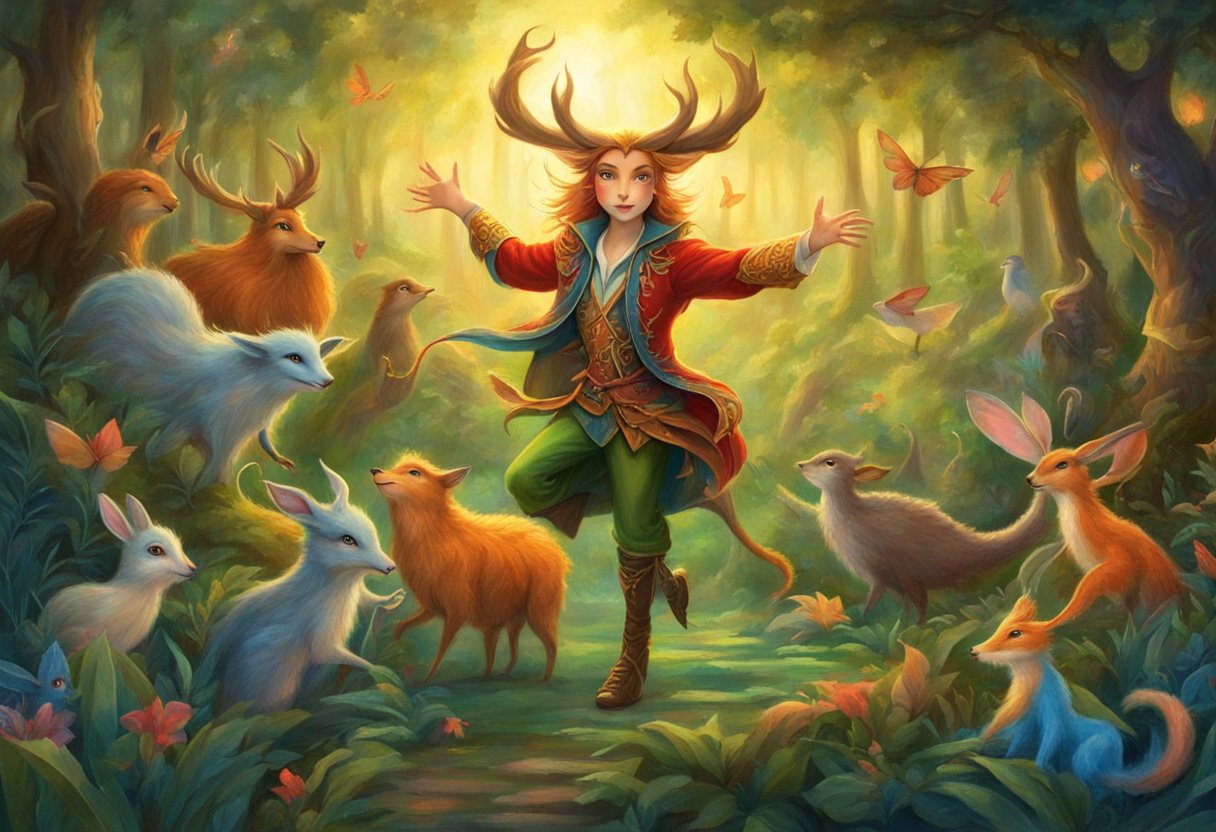
El Duende is a mythical creature that has been a part of folklore in many cultures around the world. Here are some of the most common variations of El Duende in folklore:
Spanish Folklore
In Spanish folklore, El Duende is often depicted as a mischievous goblin-like creature that lives in the forest. They are known to play pranks on humans and can be either helpful or harmful depending on their mood. Some stories even depict them as protectors of the forest and its inhabitants.
Latin American Tales
In Latin American folklore, El Duende is often portrayed as a small, elf-like creature that can be either good or evil. They are said to live in the forest and are known to be attracted to children. Parents often warn their children to be careful when playing in the forest, as El Duende is said to be waiting for the right moment to take them away.
Regional Variations
There are many regional variations of El Duende in folklore. In some cultures, they are known as protectors of the home, while in others, they are seen as tricksters that play pranks on unsuspecting humans. Some stories even depict them as guardians of the underworld.
Overall, El Duende is a fascinating creature that has captured the imagination of people around the world. Whether they are good or evil, they continue to be a popular subject in folklore and mythology.
El Duende in Arts and Media

Literature
El Duende has been a significant theme in Spanish literature, with many authors exploring its meaning and significance. One of the most notable works on the subject is Federico García Lorca’s essay “Theory and Play of the Duende,” which discusses the concept of El Duende in relation to flamenco music and dance. Lorca argues that El Duende is a force that can inspire artists to create works of great emotional depth and power.
Music
El Duende is closely associated with flamenco music, and many flamenco artists strive to embody the spirit of El Duende in their performances. The concept of El Duende has also influenced other genres of music, including jazz and rock. Some musicians have even written songs that explicitly reference El Duende, such as Carlos Santana’s “El Farol” and Tom Waits’ “Way Down in the Hole.”
Visual Arts
El Duende has also been a popular theme in visual art, with many artists creating works that explore the concept in various ways. Some artists have depicted El Duende as a mystic or supernatural figure, while others have focused on the emotional intensity and passion that the concept represents. Examples of artists who have explored the theme of El Duende in their work include Pablo Picasso, Salvador Dalí, and Francisco Goya.
Film and Television
El Duende has also made appearances in various films and television shows, often as a symbol of mystery or supernatural power. In the 1992 film “The Mambo Kings,” for example, El Duende is depicted as a mystical force that inspires the main character’s music. Similarly, in the television series “American Gods,” El Duende appears as a character who embodies the spirit of the land and its people.
Encounters and Stories
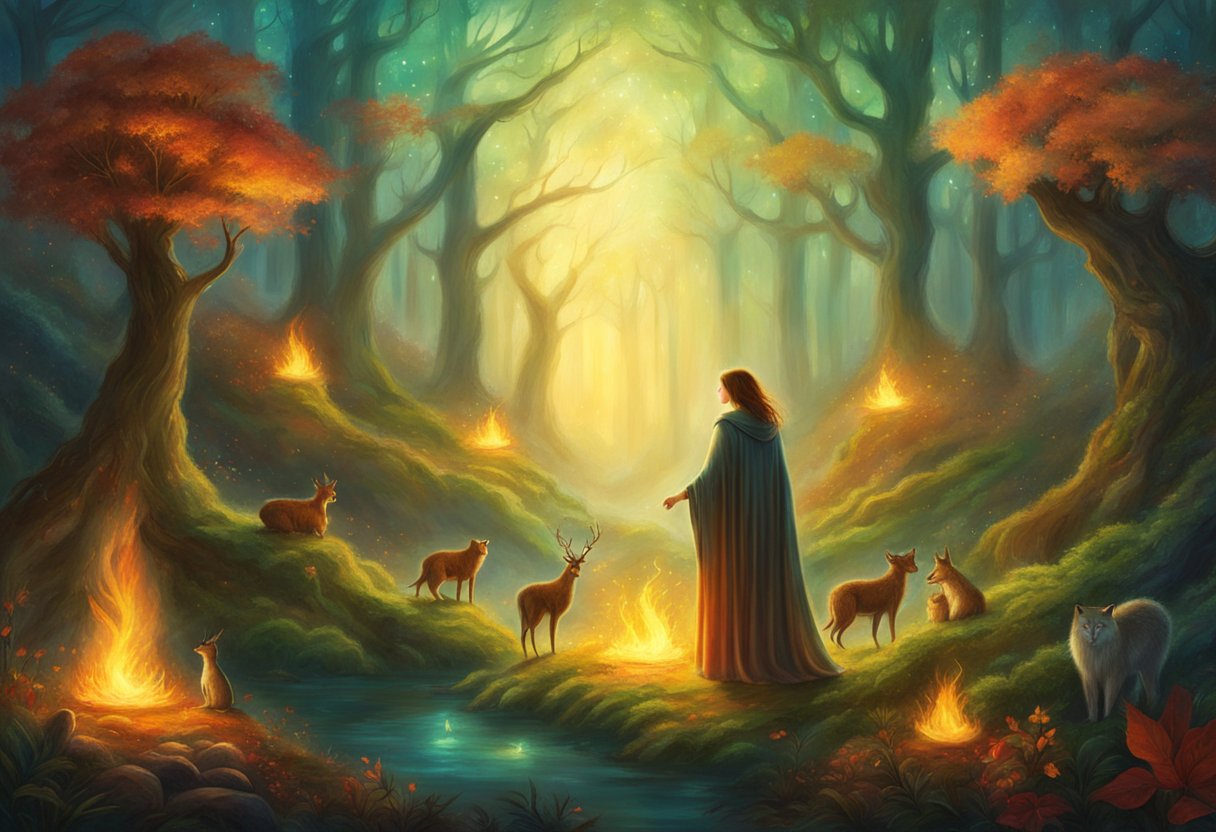
Personal Accounts
El Duende is a mythical creature that has been part of many Latin American cultures for centuries. Although there is no scientific evidence to prove its existence, many people claim to have seen or experienced El Duende’s presence. Some people describe it as a mischievous goblin-like creature, while others believe it to be an evil entity that preys on children.
There have been several personal accounts of people encountering El Duende. One such account is from a Reddit user who claims to have seen El Duende in person. They describe it as a small, humanoid creature with pointy ears and a mischievous grin. They also claim that El Duende disappeared as soon as they tried to take a picture of it.
Recorded Sightings
Apart from personal accounts, there have also been several recorded sightings of El Duende. In Ecuador, El Duende is a popular mythical character featured in written and oral traditions. In a research project, it was found that El Duende is often described as particularly dangerous for women.
In Mexico, there have been several sightings of El Duende in the forests. Some people claim to have seen it playing pranks on people, while others believe it to be an evil entity that preys on children.
Although there is no concrete evidence to prove the existence of El Duende, the numerous personal accounts and recorded sightings suggest that it continues to be a significant part of Latin American folklore.
Cultural Impact and Interpretations
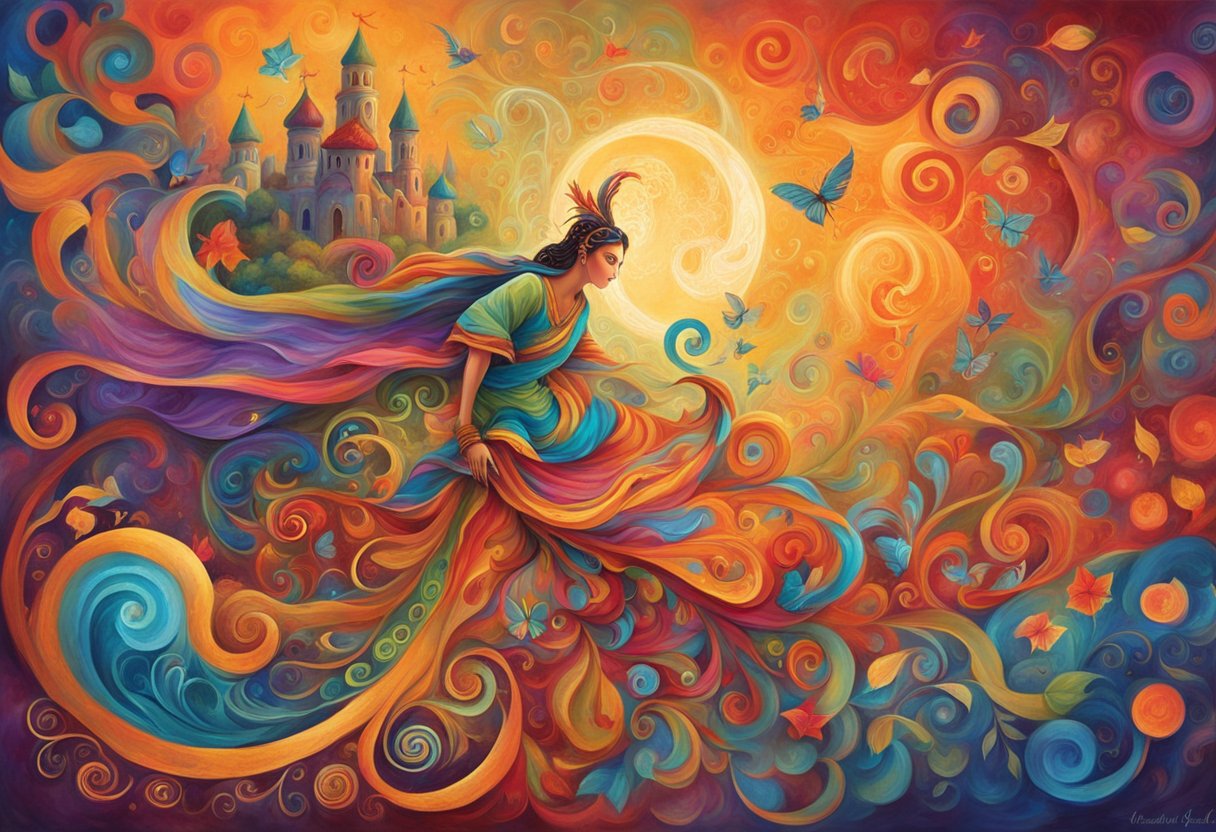
Symbolism
El Duende has been a significant character in the folklore of many Latin American and Filipino communities. This mythical creature is often depicted as a small, dwarf-like being with magical abilities and a mischievous nature. El Duende is believed to be a symbol of the supernatural world and is often associated with the spirit of nature. The creature’s ability to play pranks and tricks on people has made it a popular figure in folk tales and legends. It is also believed that El Duende can bring good luck or bad luck, depending on how it is treated.
Modern Relevance
Today, El Duende continues to be an important symbol in Latin American culture. The creature has been featured in various forms of media, such as movies, books, and music. In recent years, the concept of El Duende has also been incorporated into modern art, such as paintings and sculptures. The creature’s popularity has also led to the creation of various merchandise, such as t-shirts, keychains, and toys.
El Duende has also become an inspiration for many artists and writers. Some have used the character as a metaphor for creativity and inspiration, while others have explored the creature’s darker side, portraying it as a malevolent force. Despite the various interpretations of El Duende, the creature remains an important part of Latin American culture and continues to inspire new generations of artists and storytellers.
